Businesses evolve. The rules endure.
Every business has a different story—but in all the ways that matter, the stories are the same. Whether you’re building your first startup or leading a seasoned company through its next evolution, the problems you face aren’t new. They’re part of a pattern.
Wherever you are, you’re not the first.
Across all industries and in all stages, nearly every challenge you’ll encounter as a business leader—strategic, operational, financial, cultural—fits into one of these 12 chapters of the story. And with each chapter, there are timeless business rules to guide you.

📝 Beginning Entrepreneurs
— Hard truth: the order you tackle the Rules matters. Here you’ll find 50 Rules and 50 related business books in an order we’d recommend if we were mentoring a young entrepreneur—in an order that mirrors how enduring businesses are built. The story of your business, from start to scale, starting with Rule No.1.

🖋️ Accomplished Executives
— you’re growing your team, scaling your organizations and building your legacy. Bookmark this page and scroll for daily reminders and refreshers to share with your leadership team — jump in wherever today’s issue resonates.

![]() Seasoned CEOs and Founders
Seasoned CEOs and Founders
— the insight you share might be the turning point someone else is waiting for. What seems obvious to you today might be the spark that changes someone else’s path tomorrow. We invite you to add your insights to any of the rules.
These 50 Rules don’t promise easy answers.
They offer enduring principles, tested by real-world application and sharpened over time.
When you know what chapter you’re in, you can make your next move with clarity.
You’re not lost. You may simply be in the wrong chapter.
More results...
🚧 Chapter 1: FOUNDATIONS FIRST
Laying the groundwork with clarity and courage. Get grounded in what makes a business worth building—and worth leading. VISIT CHAPTER 1
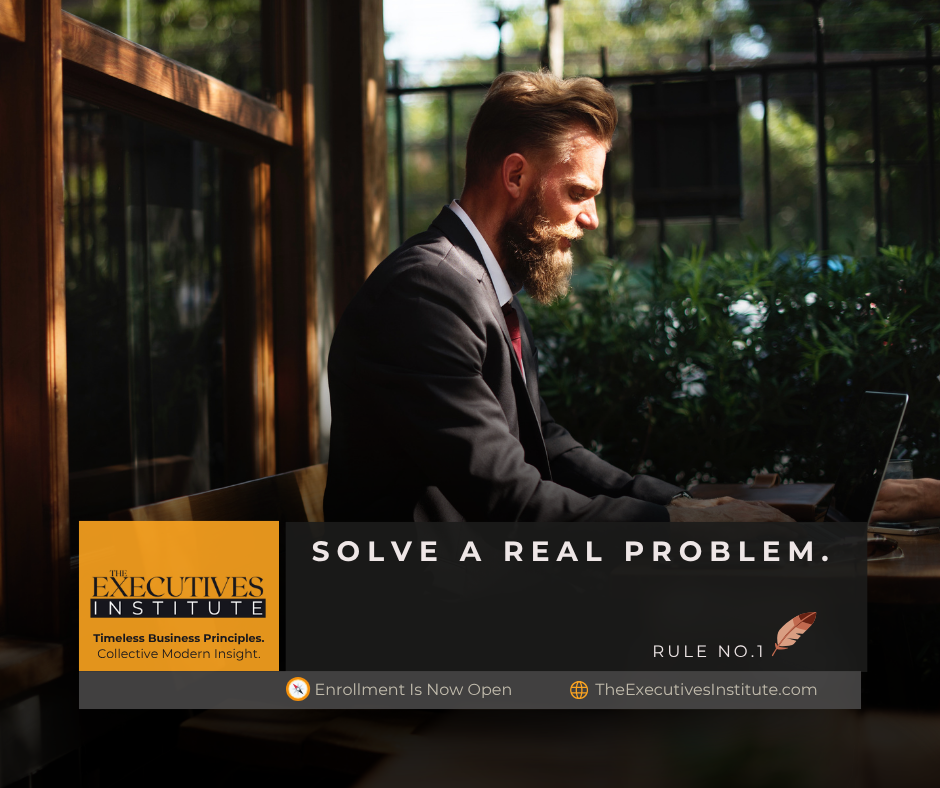




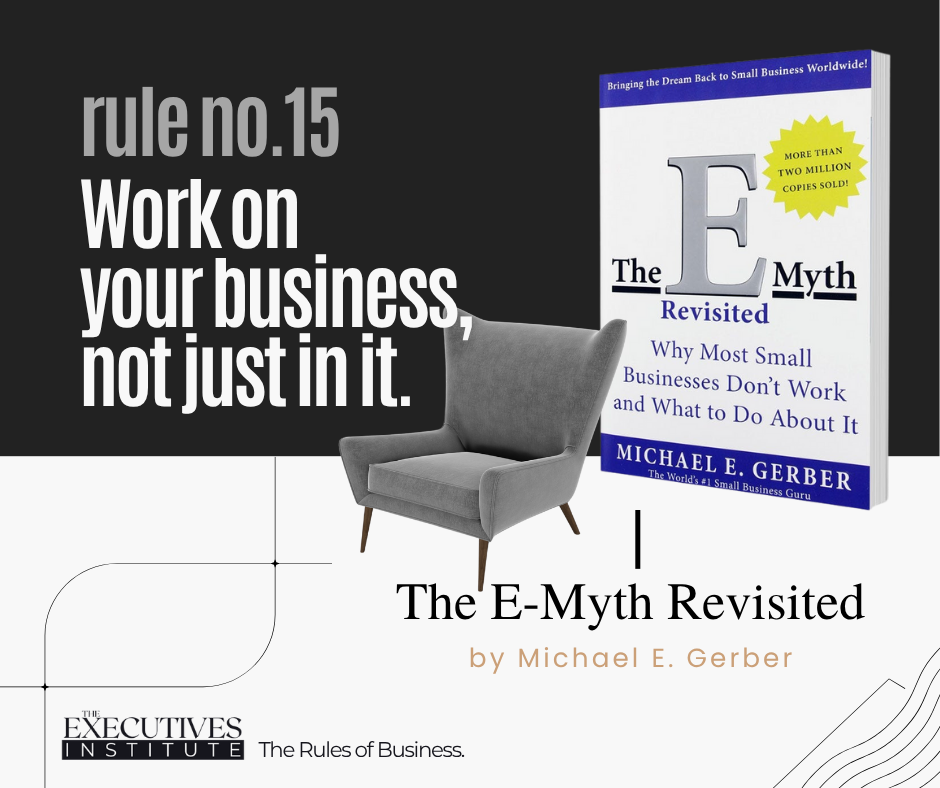
💬 Chapter 2: KNOW YOUR CUSTOMER
Who you serve and how clearly you serve them determines your future. VISIT CHAPTER 2


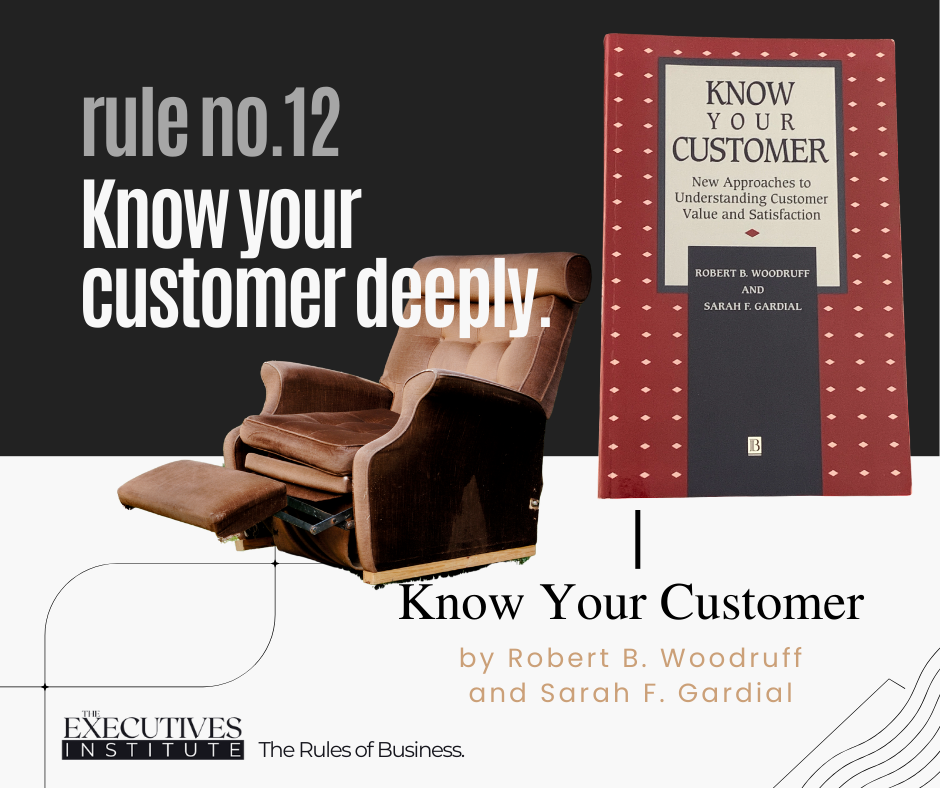

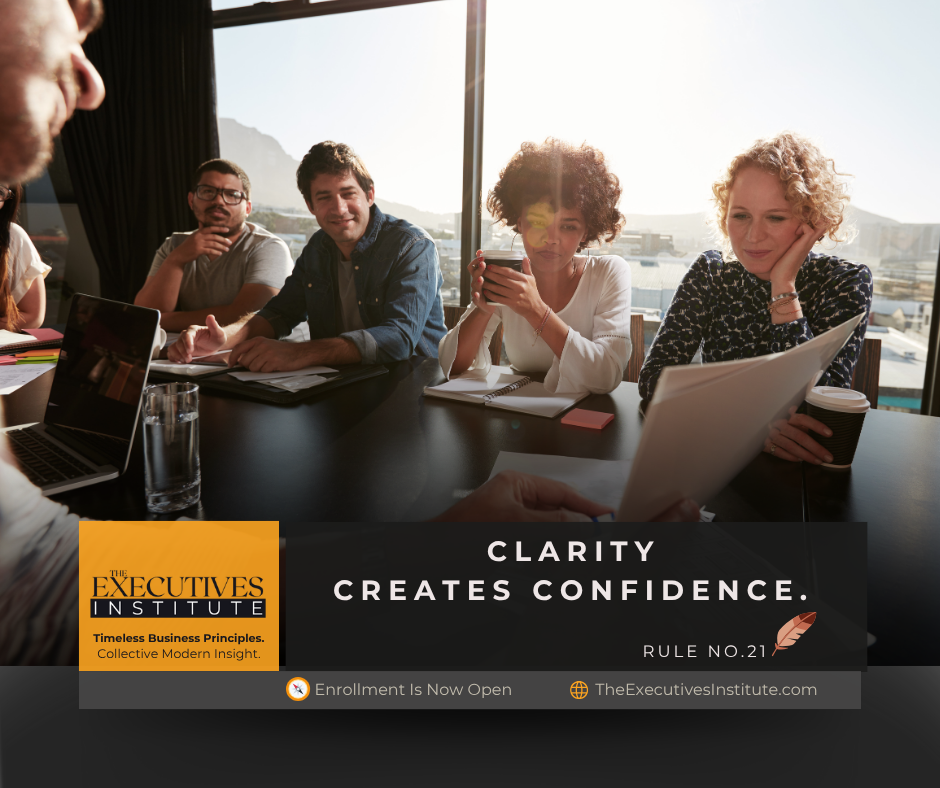
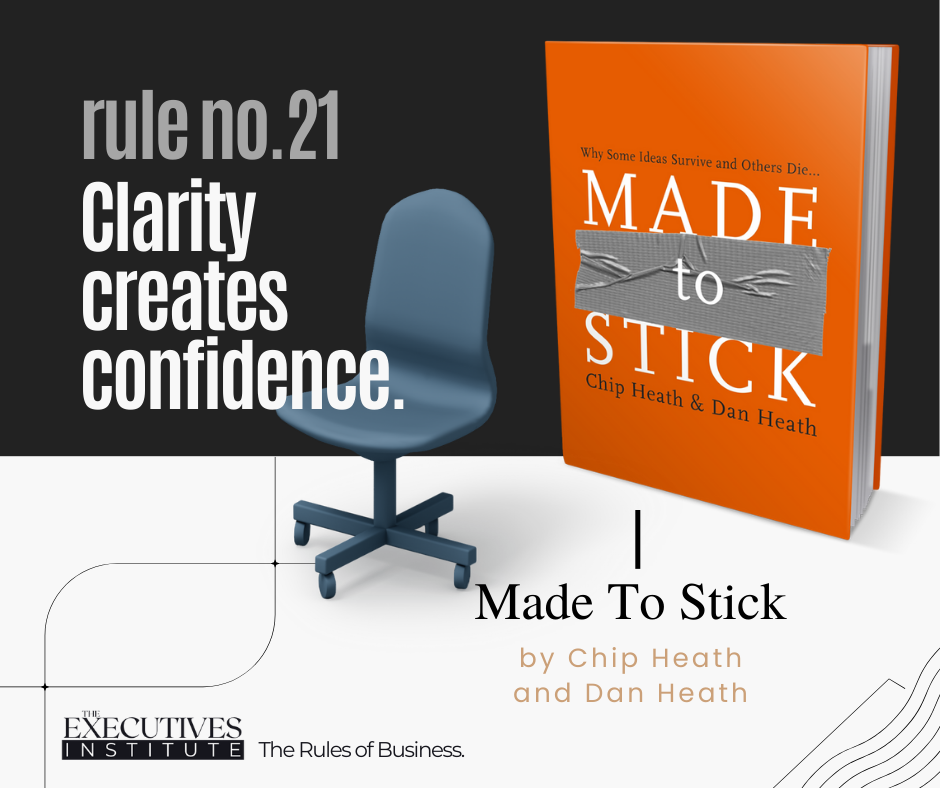
🛠 Chapter 3: HIRING WITHOUT REGRET
Your company becomes who you hire and what you tolerate. VISIT CHAPTER 3



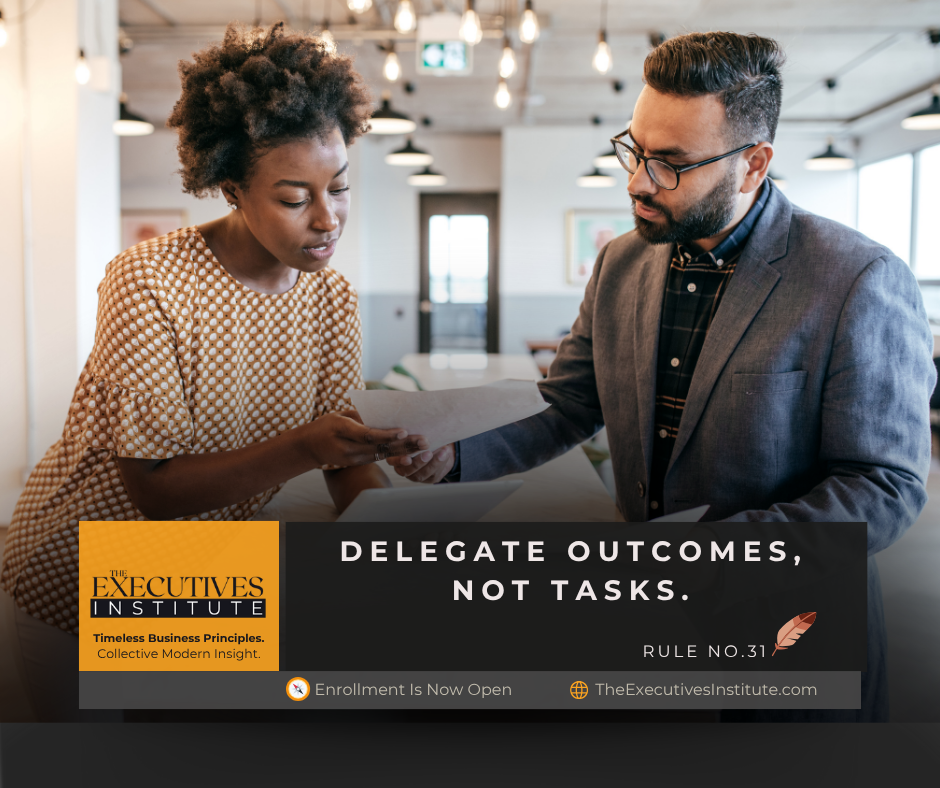
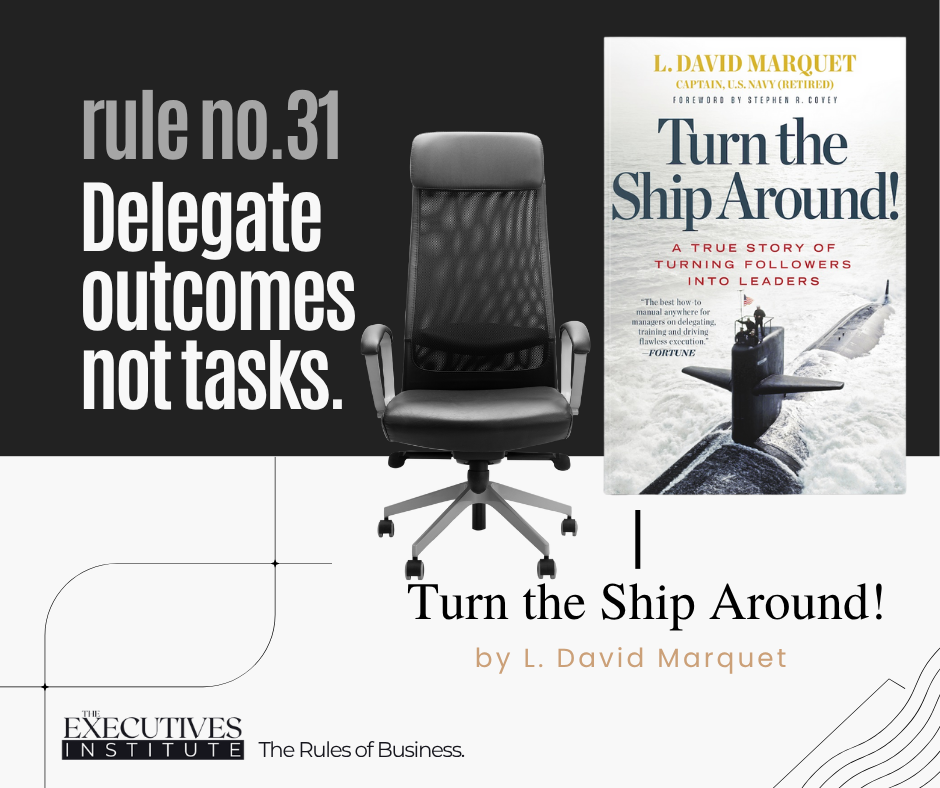
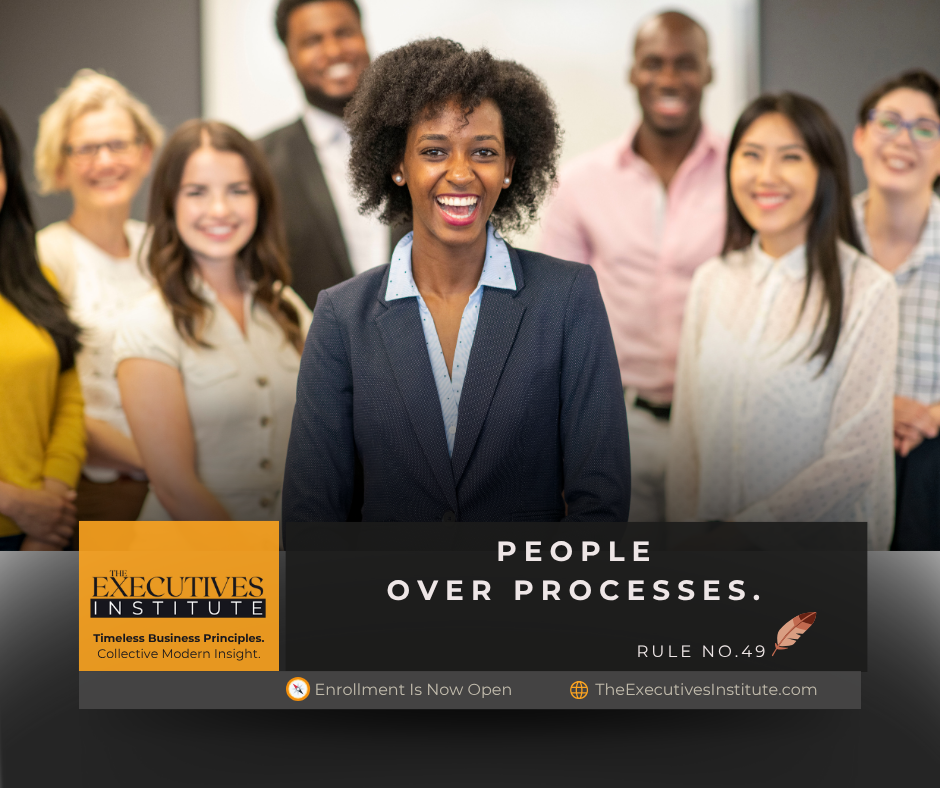
🧠 Chapter 4: STRATEGY IN THE REAL WORLD
A strategy isn’t a slide deck—it’s the choices you make when it counts. VISIT CHAPTER 4

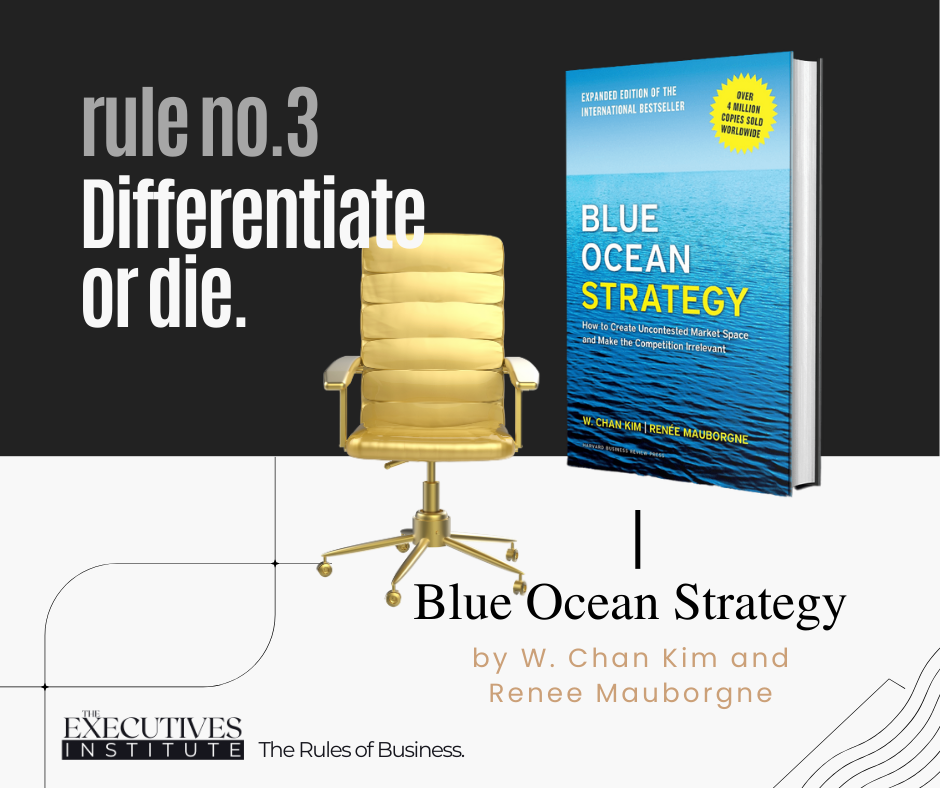
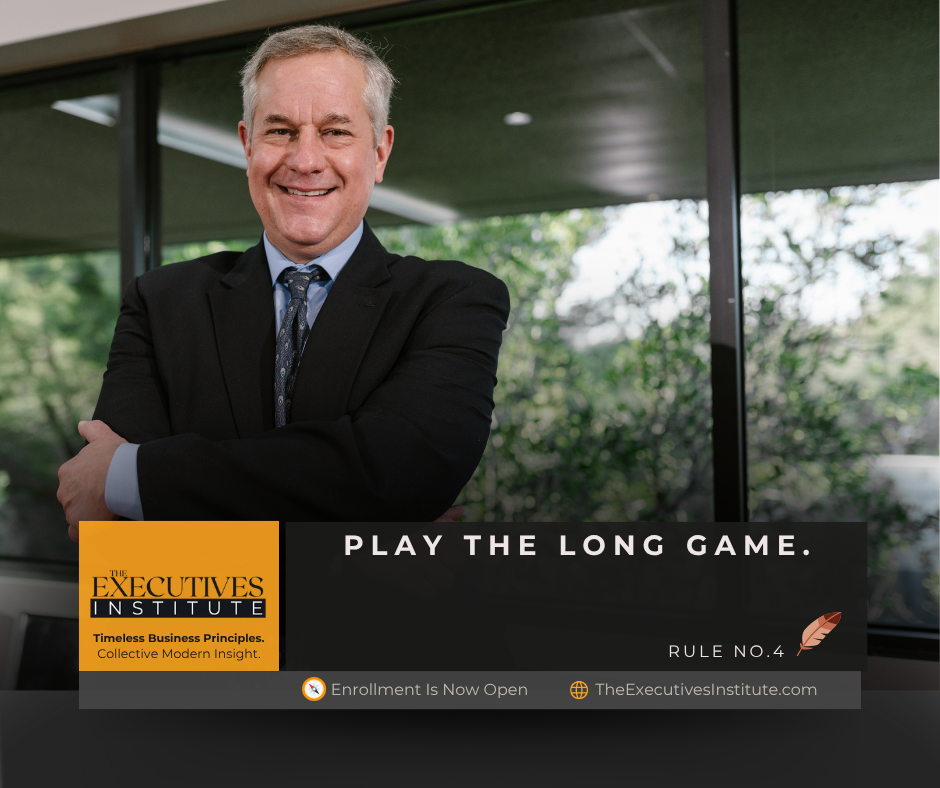



⚙️ Chapter 5: EXECUTION BEATS IDEAS
Execution wins—because ideas without action don’t. VISIT CHAPTER 5

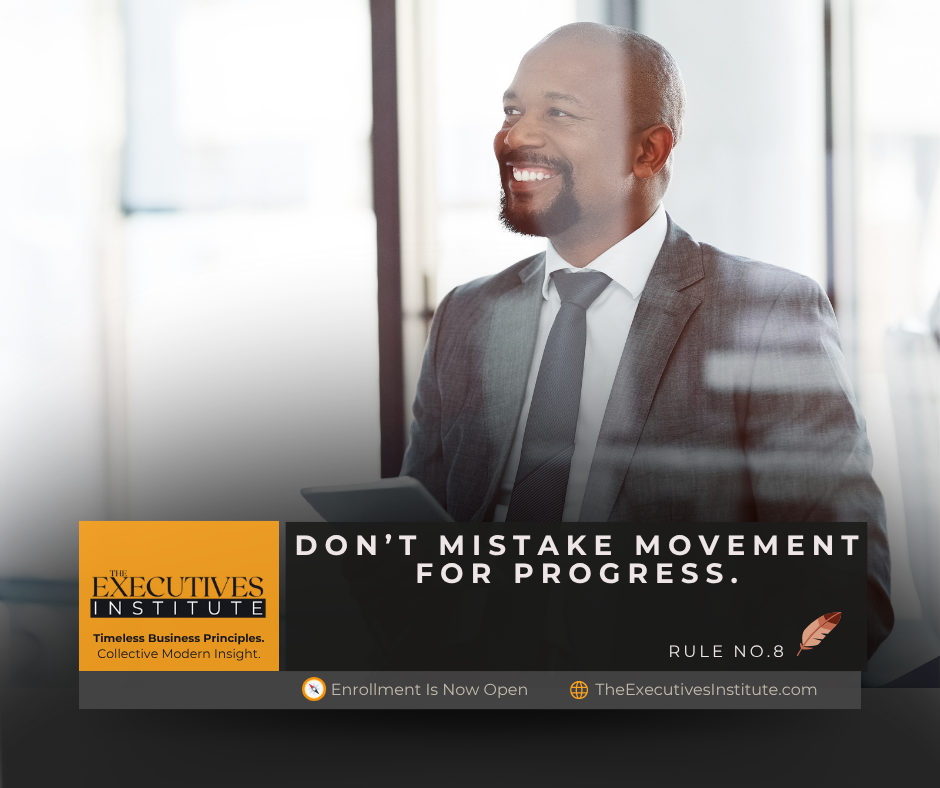

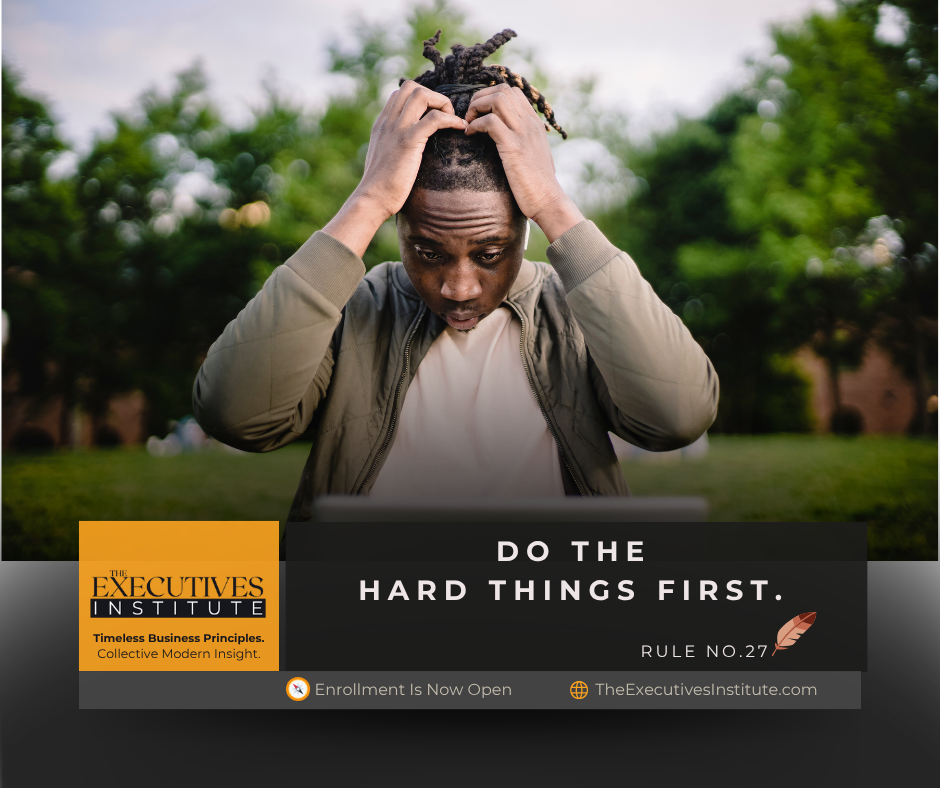
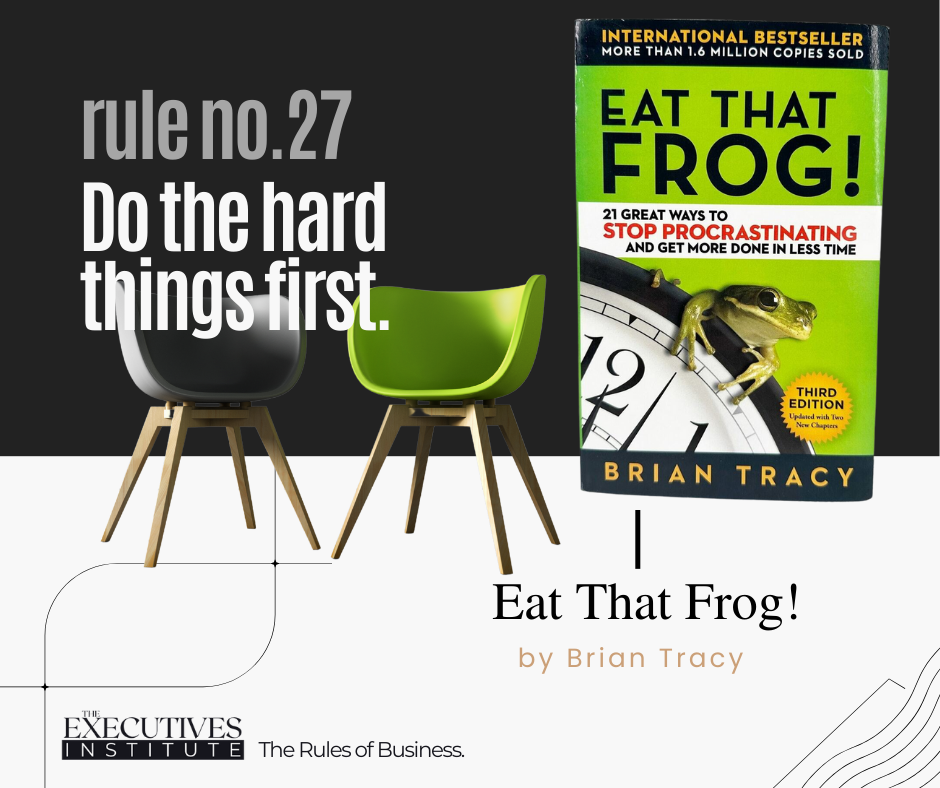

🧱 Chapter 6: HARD CONVERSATION, HARD DECISIONS
Leadership means saying the thing no one else will—and acting on it. VISIT CHAPTER 6
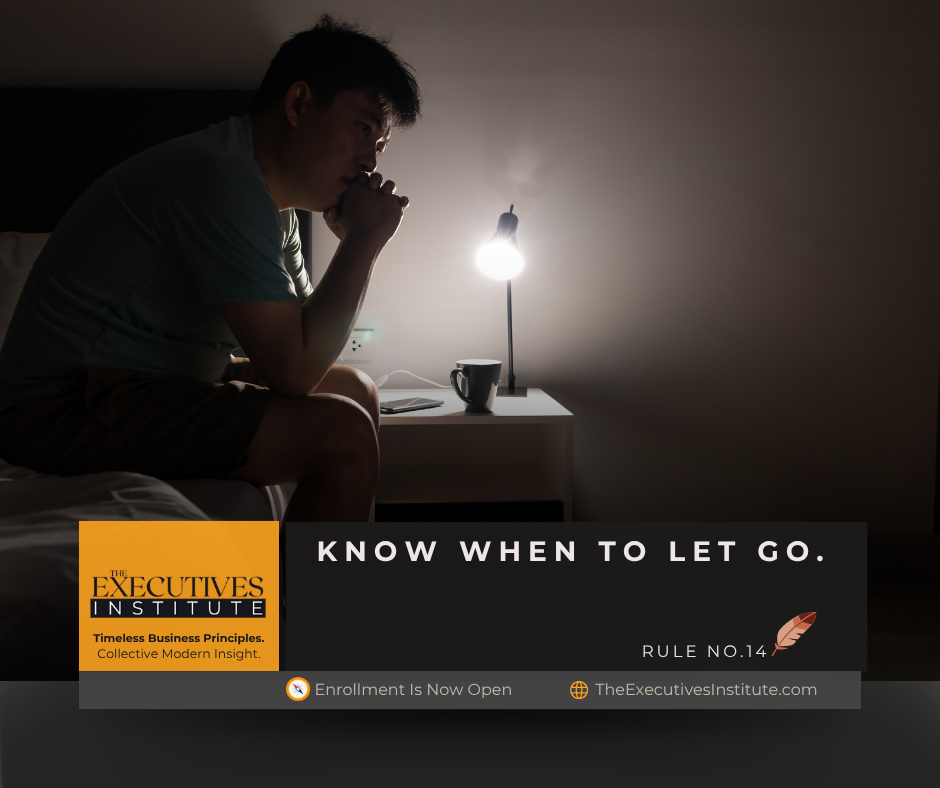
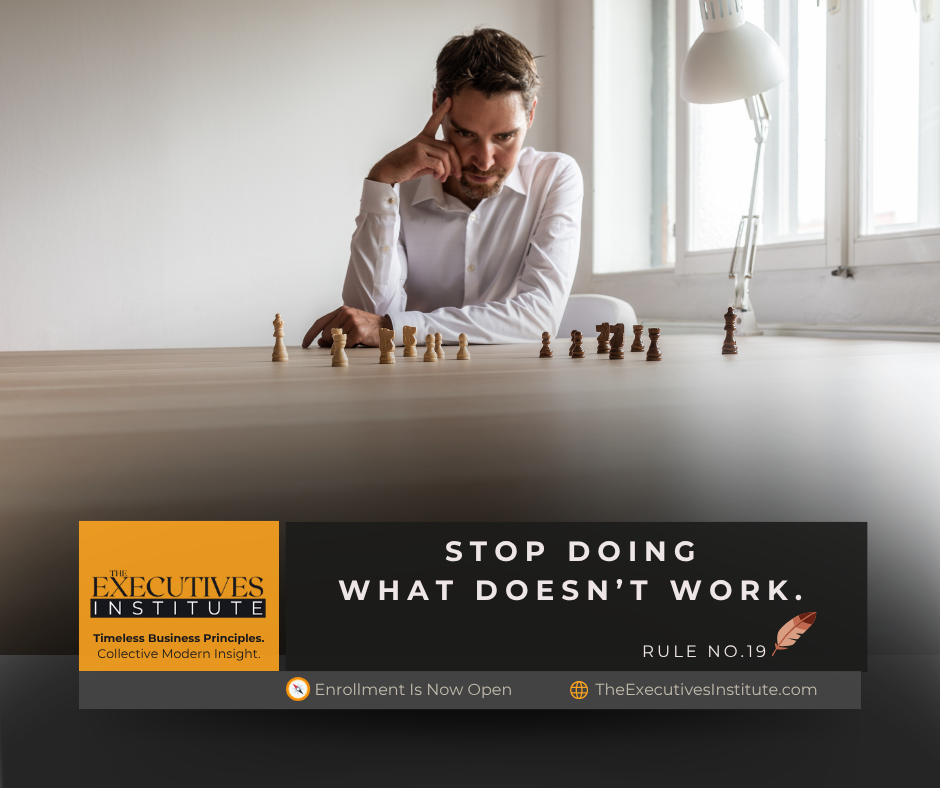
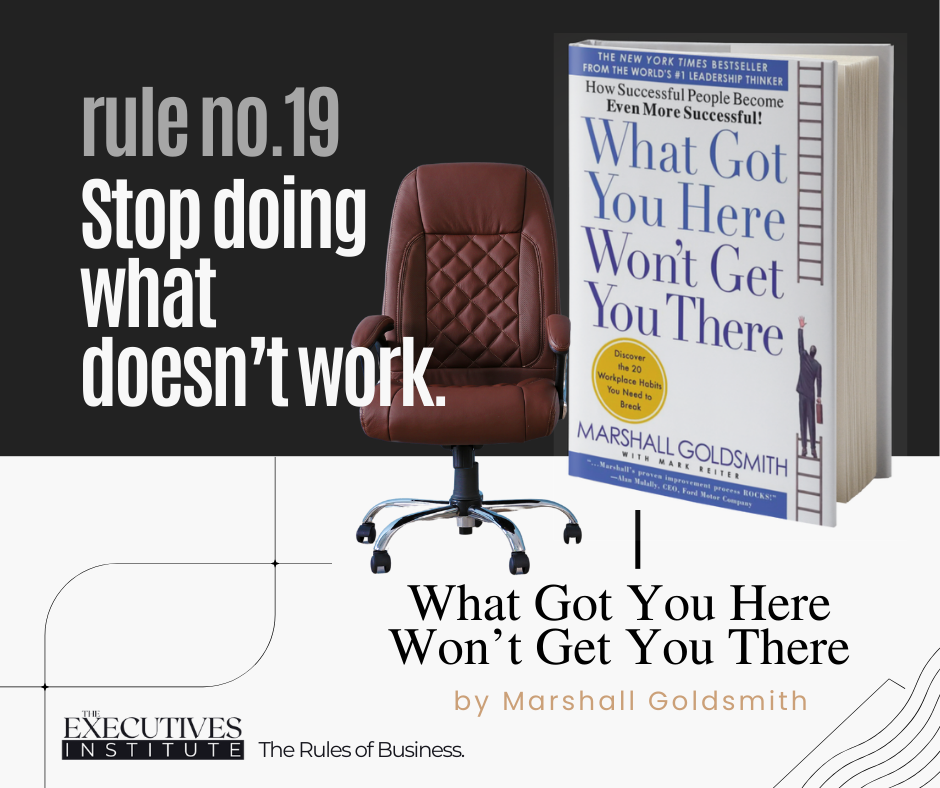

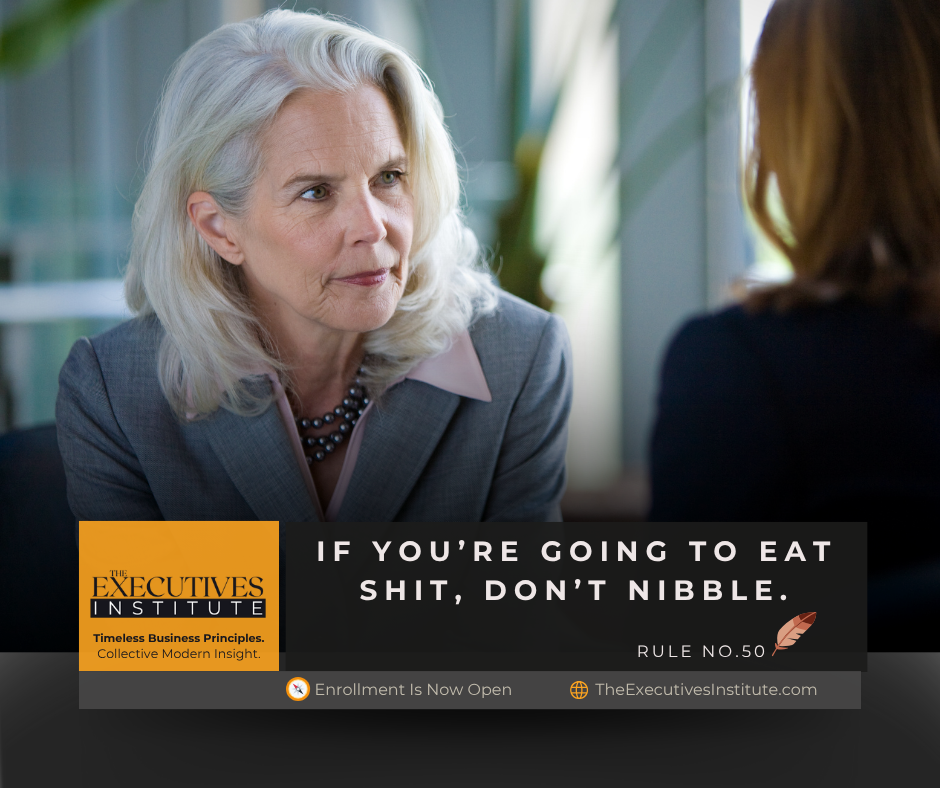
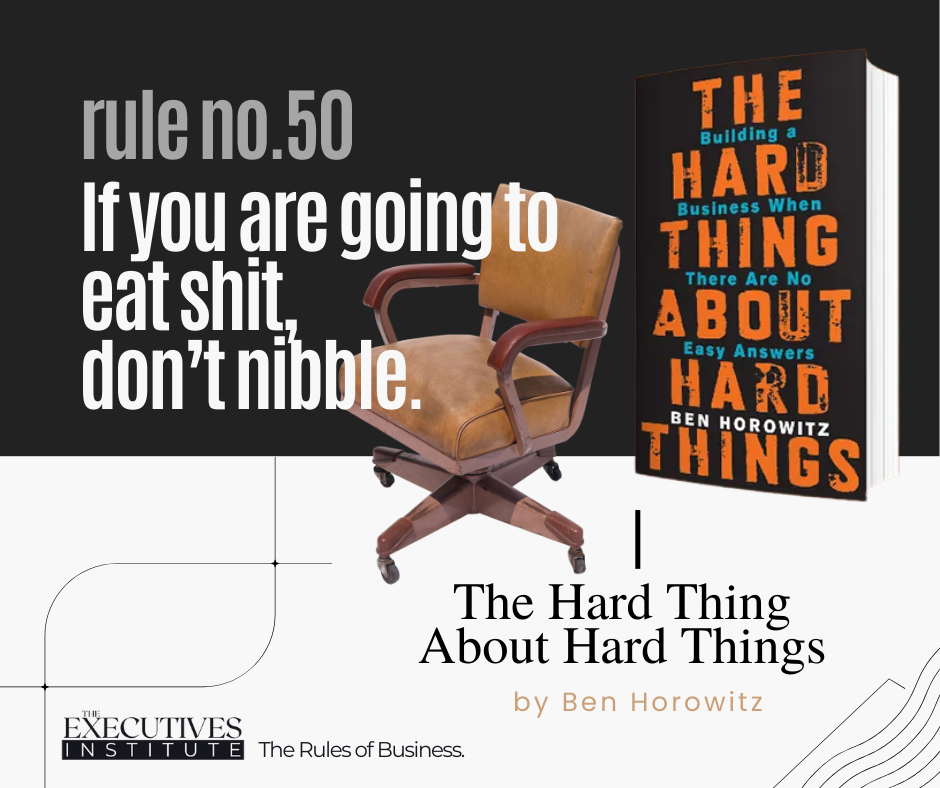
🚀 Chapter 7: SYSTEMS THAT SCALE
Systems replace strain. Discipline replaces burnout. VISIT CHAPTER 7
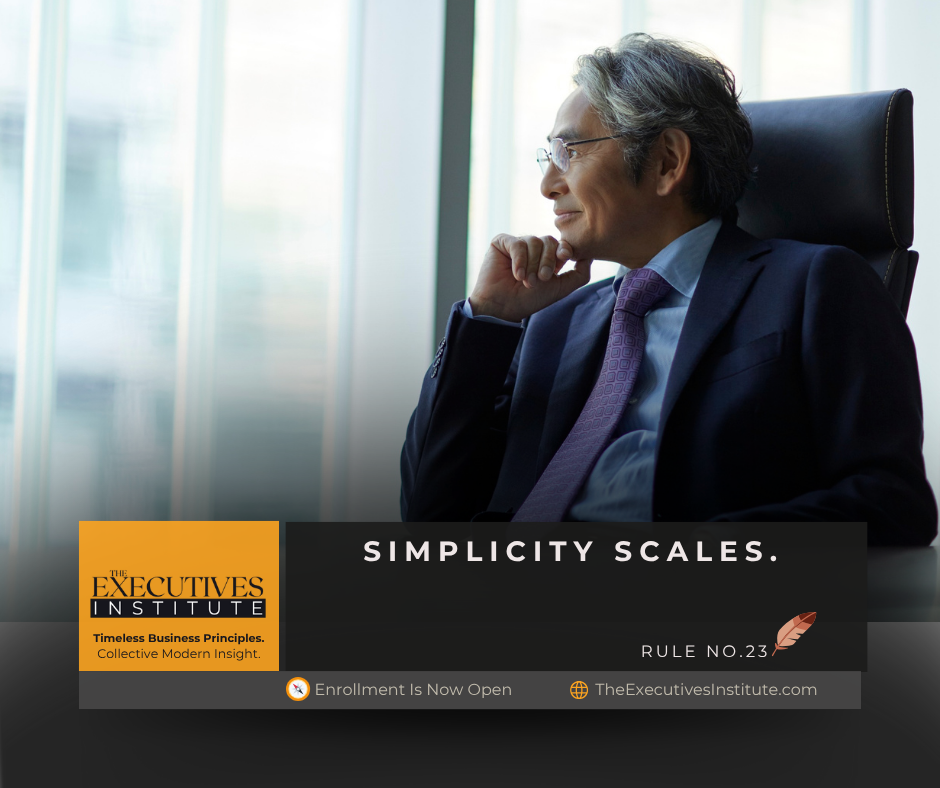

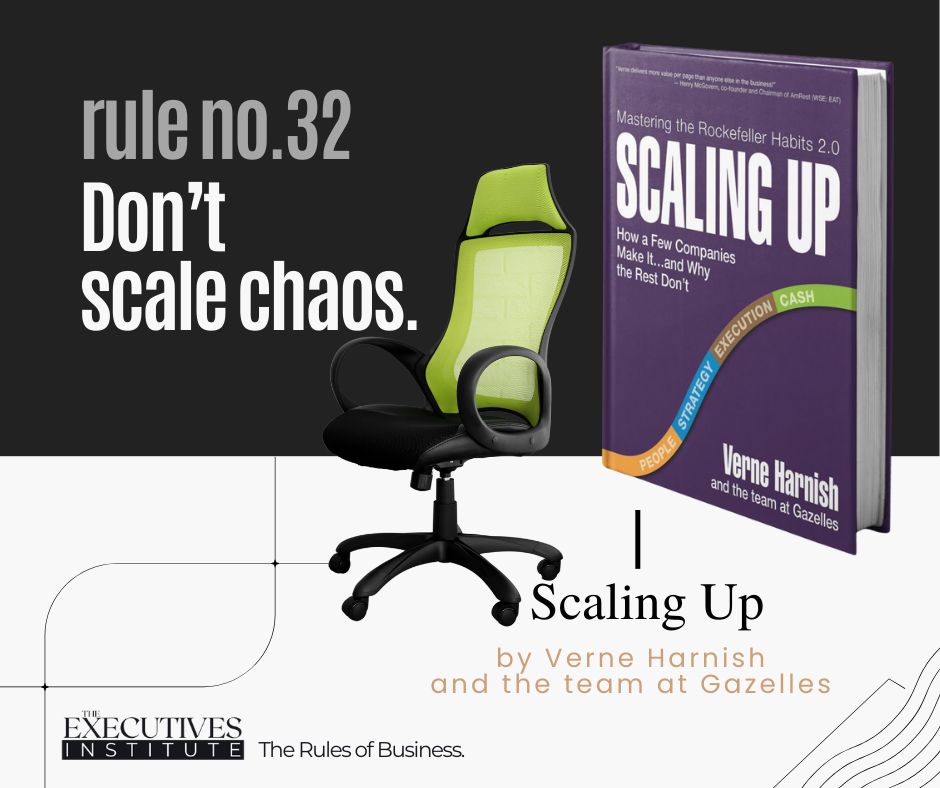

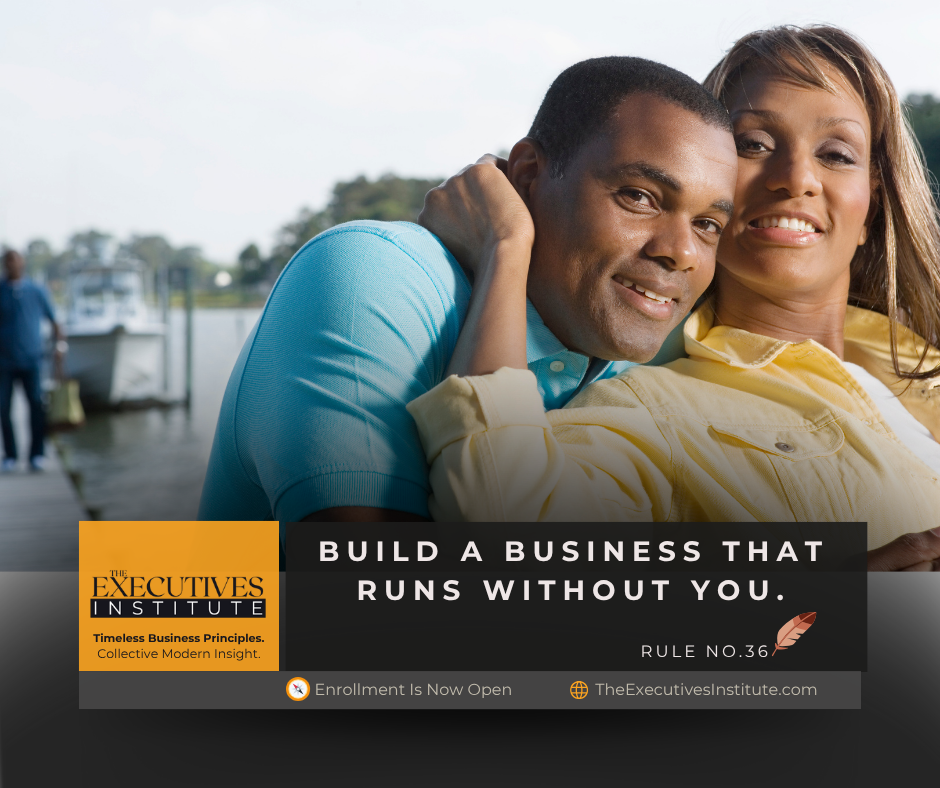
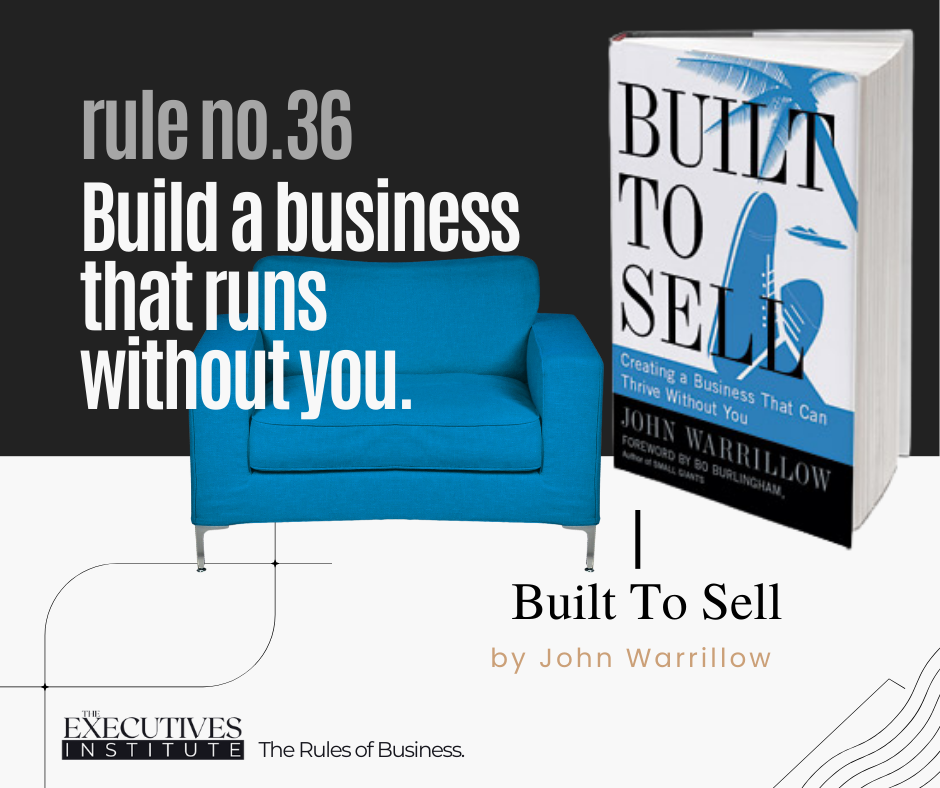
🤝 Chapter 8: SALES – THE LIFEBLOOD
Revenue doesn’t solve everything—but without it, nothing gets solved. VISIT CHAPTER 8


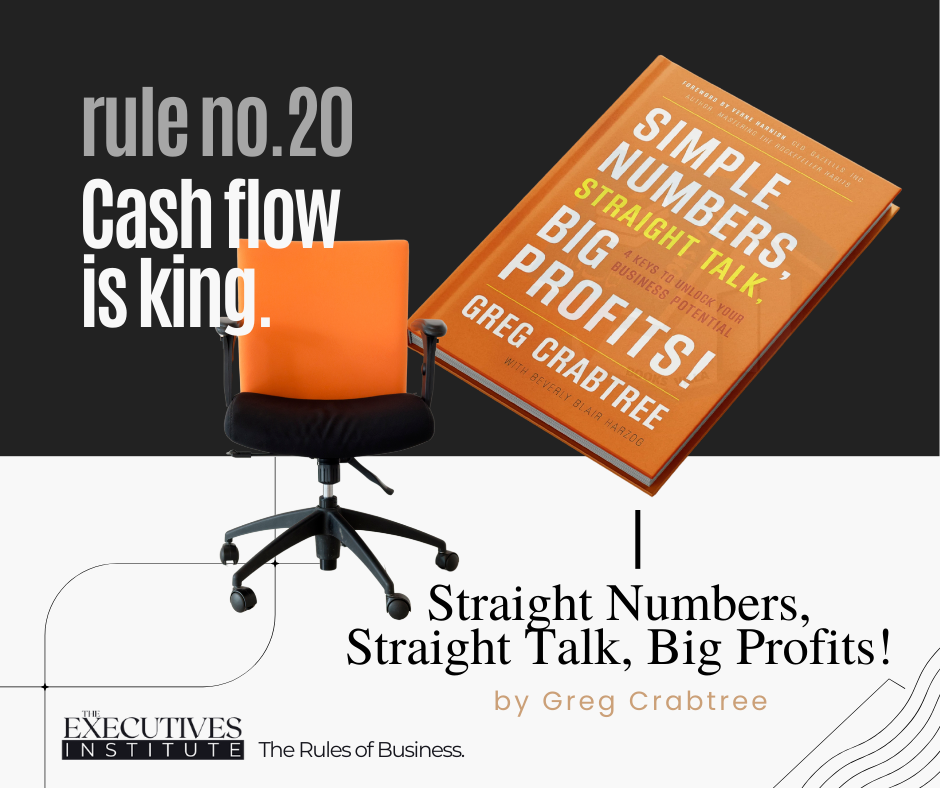
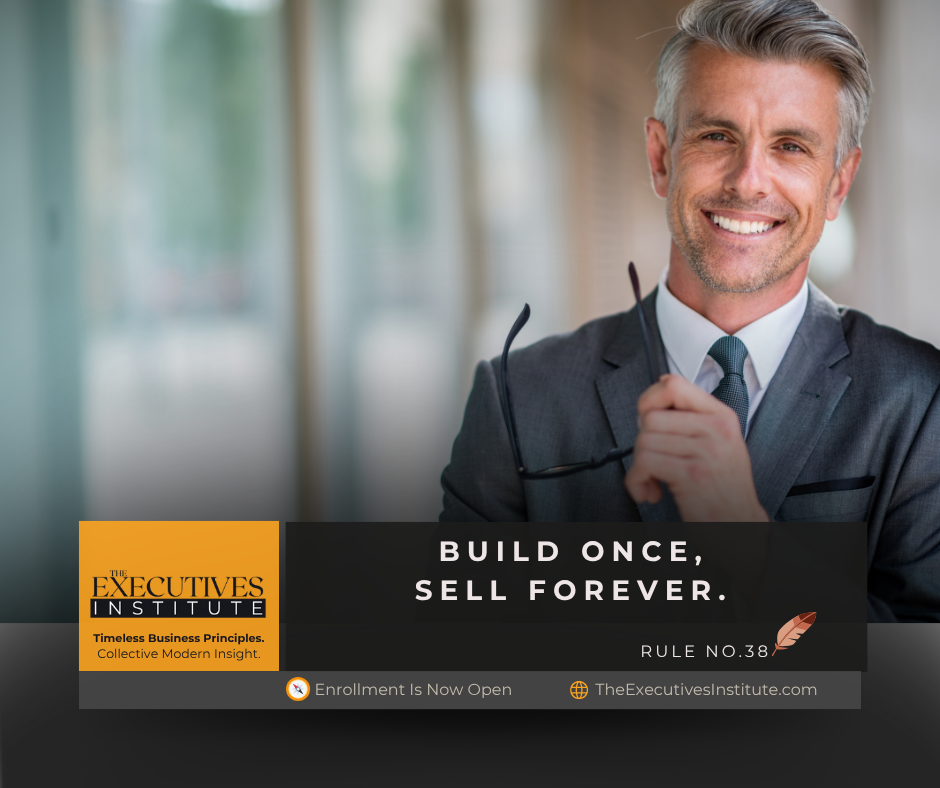
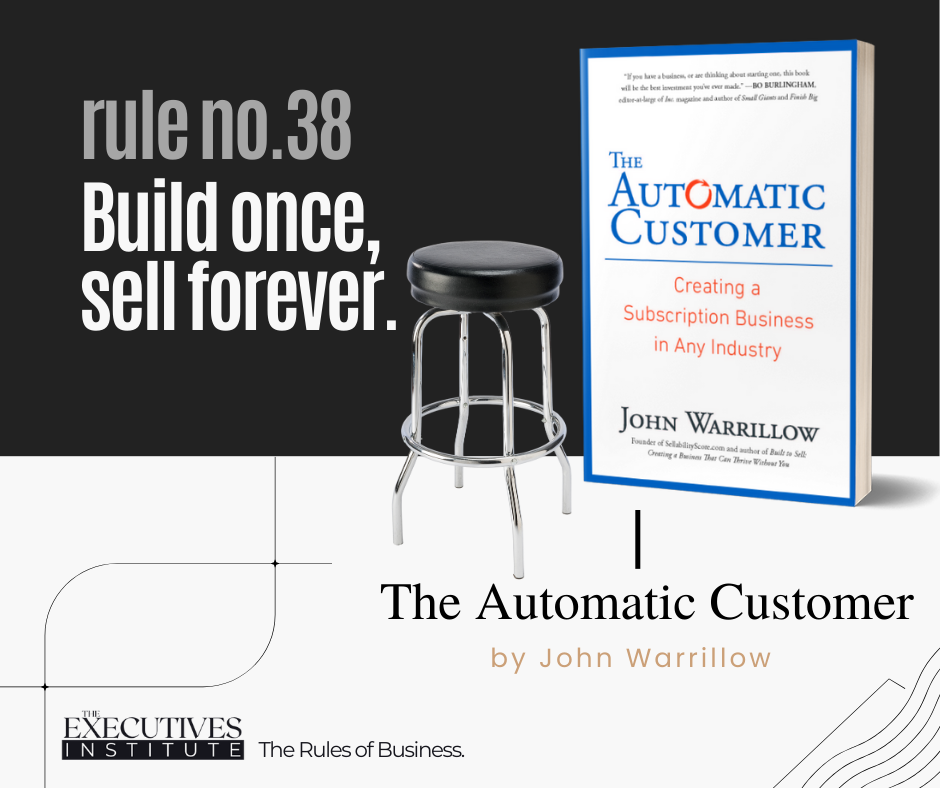
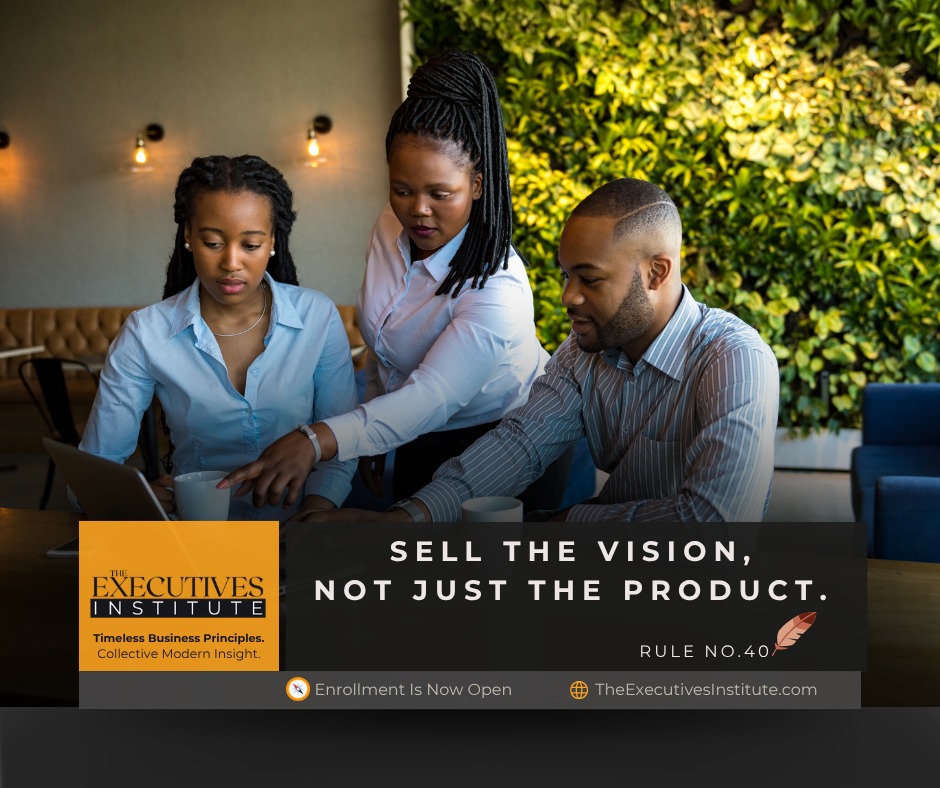
💪 Chapter 9: CULTURE YOU CAN COUNT ON
Culture isn’t what you say—it’s what you tolerate, reward, and repeat. VISIT CHAPTER 9
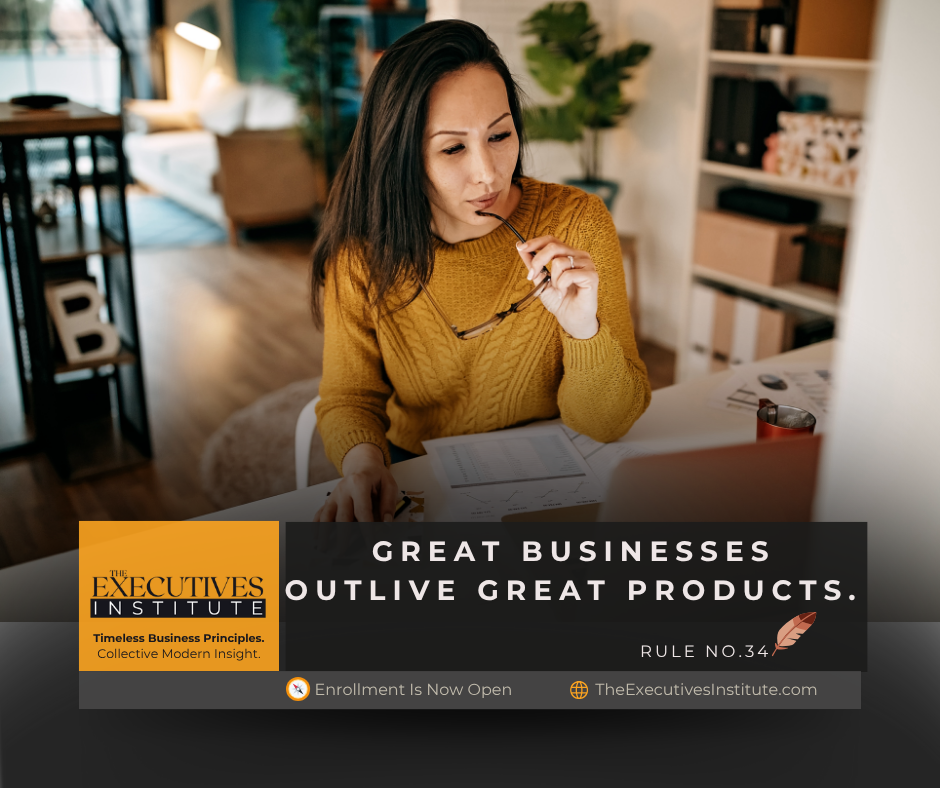
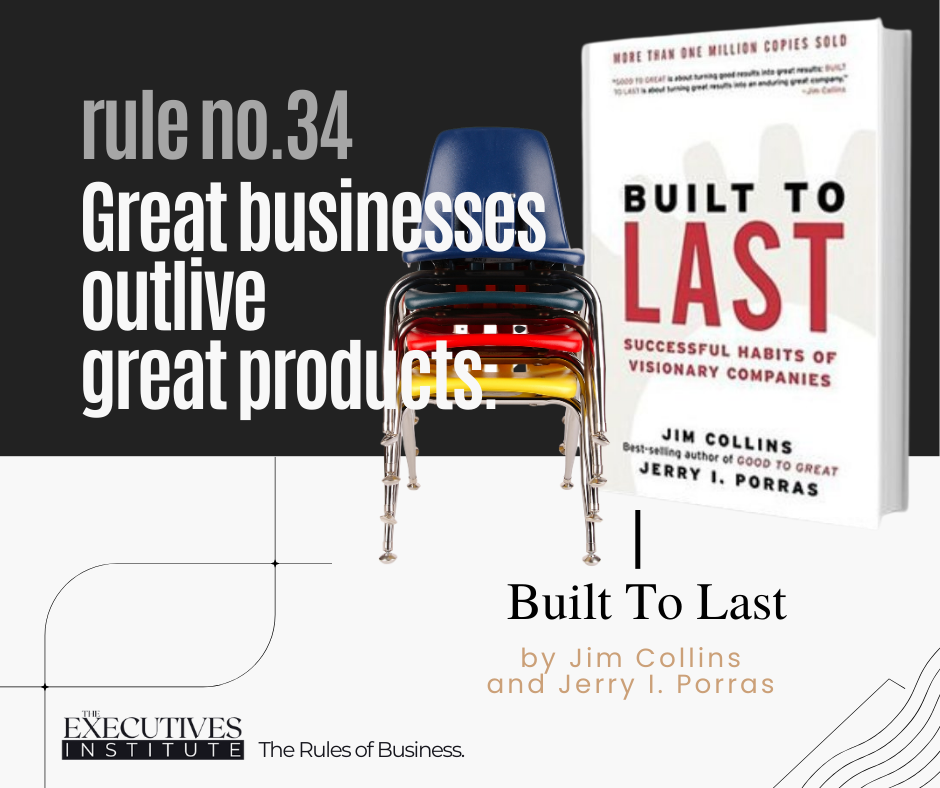
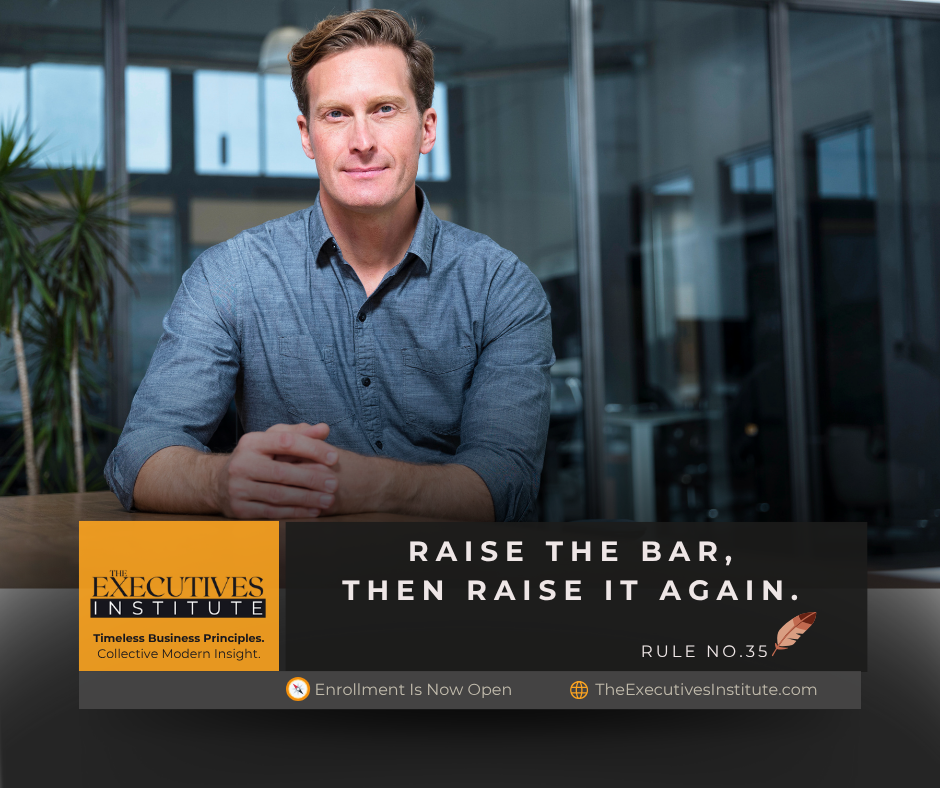
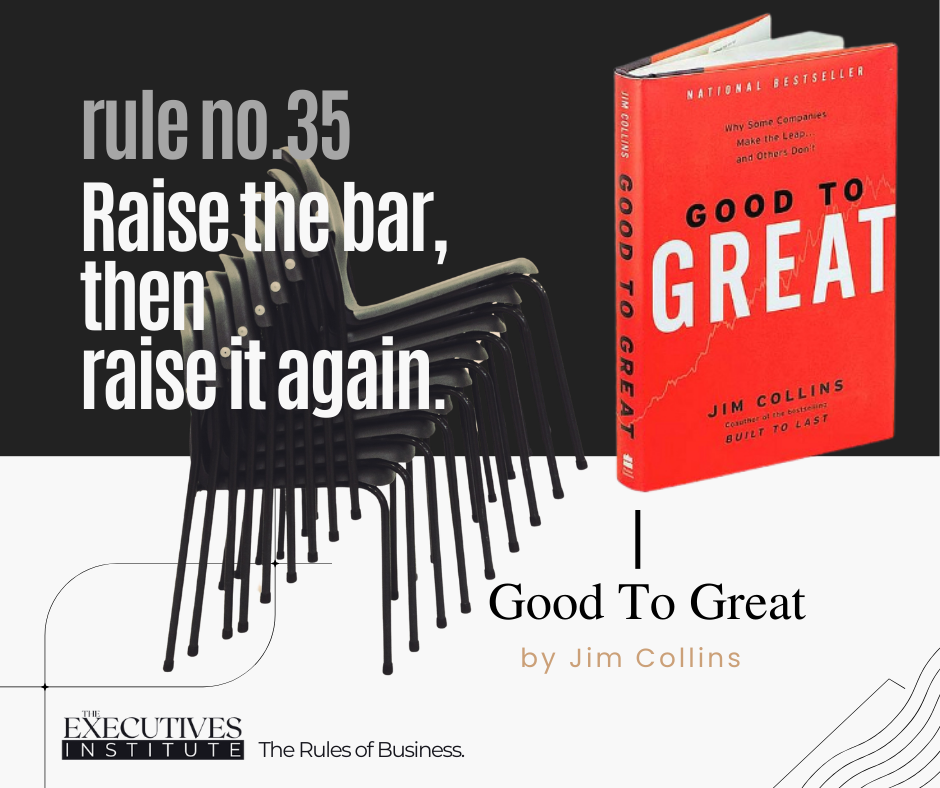


🧭 Chapter 10: LEADERSHIP THAT LASTS
The leader grows or the business stalls. There is no neutral. VISIT CHAPTER 10


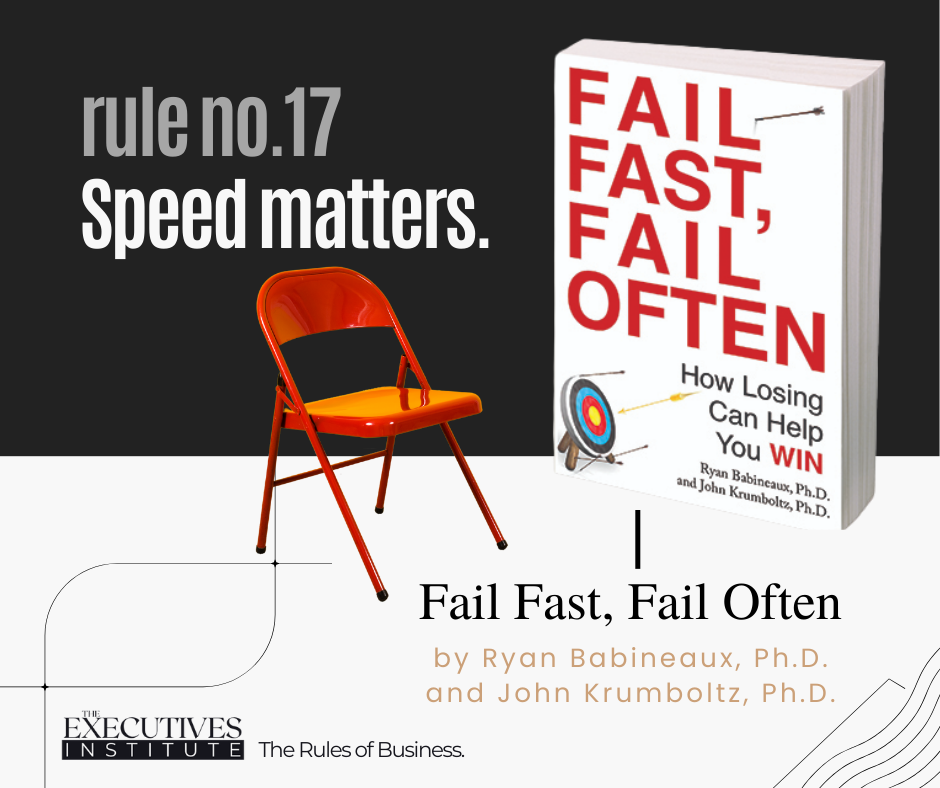

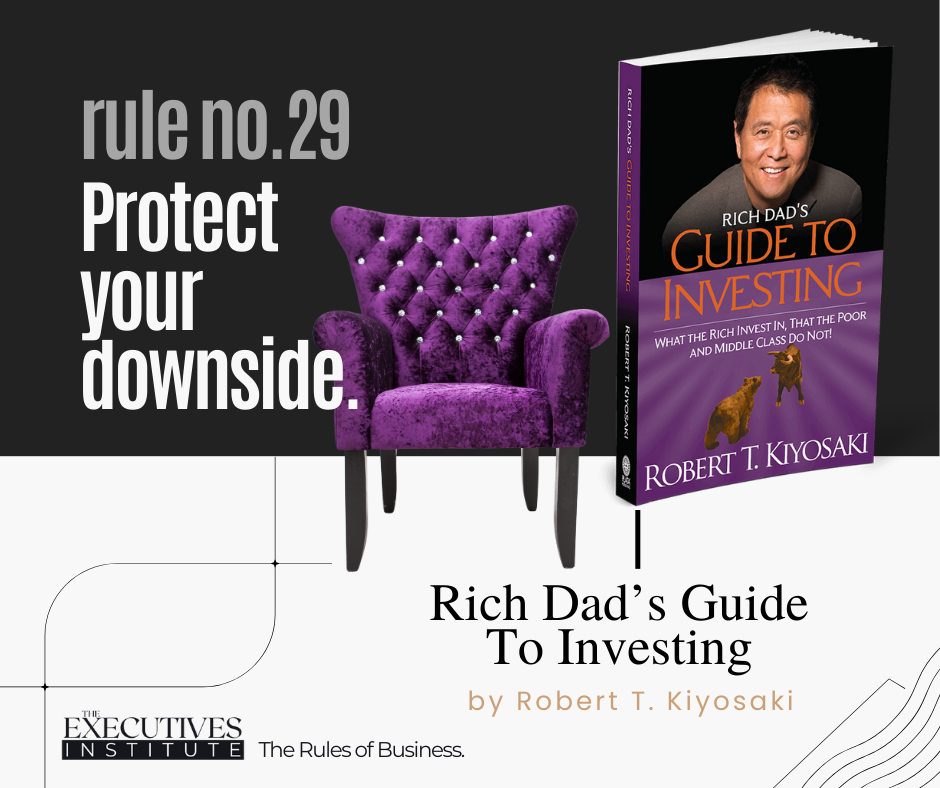

🔑 Chapter 11: AVOIDING THE COMMON PITFALLS
It’s not the hard problems that kill a business. It’s the easy ones you ignored. VISIT CHAPTER 11
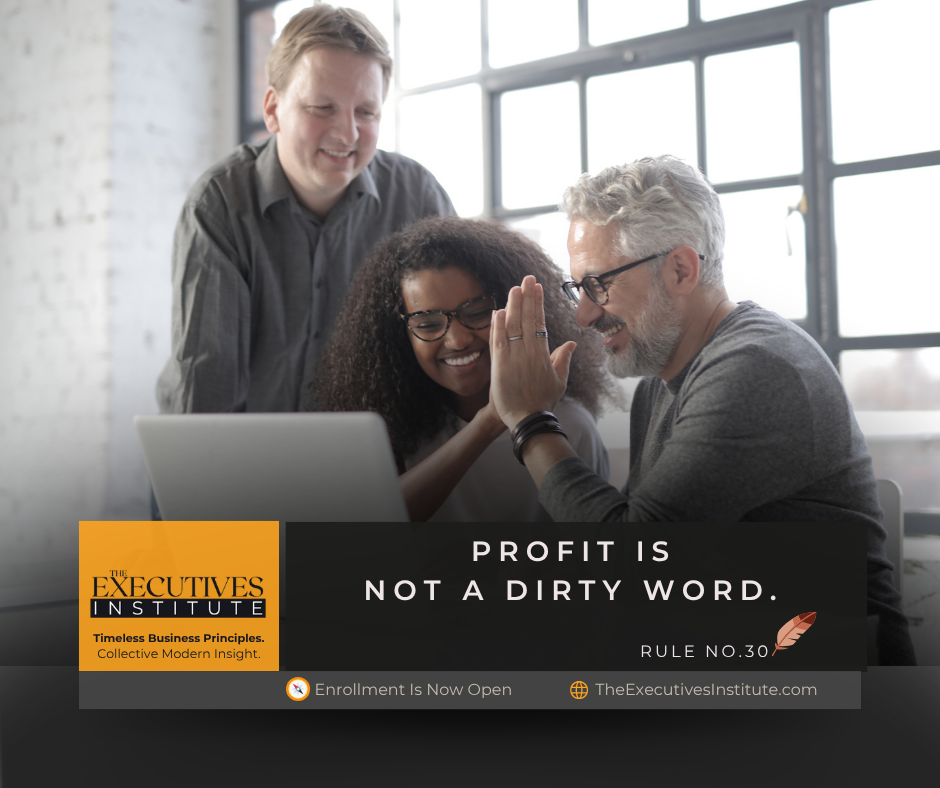
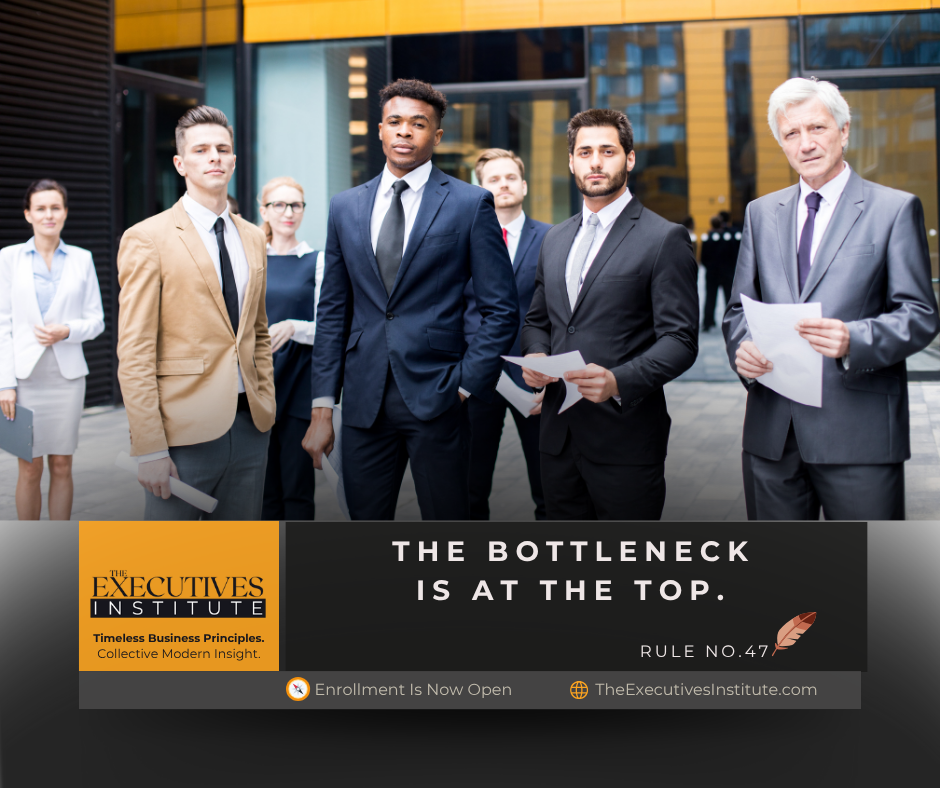
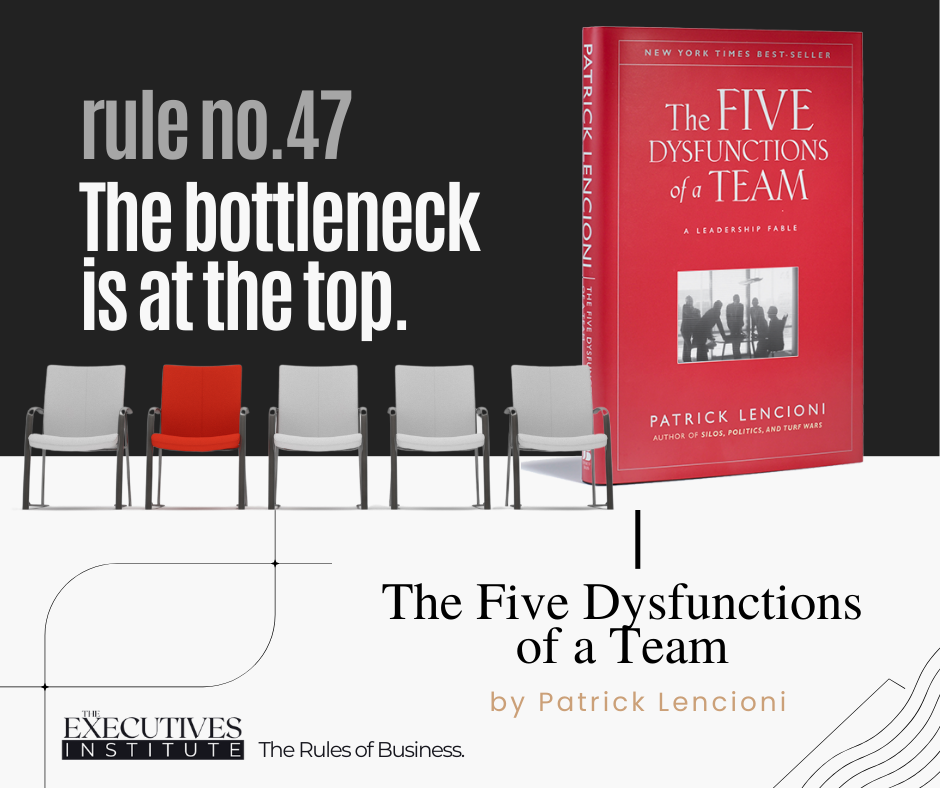
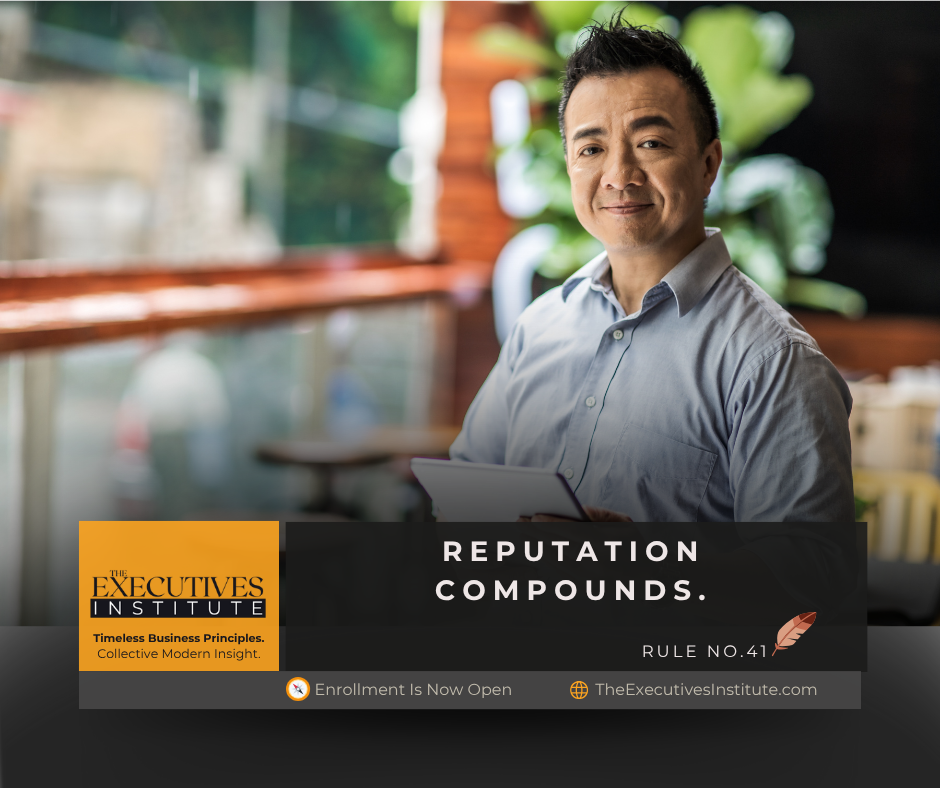

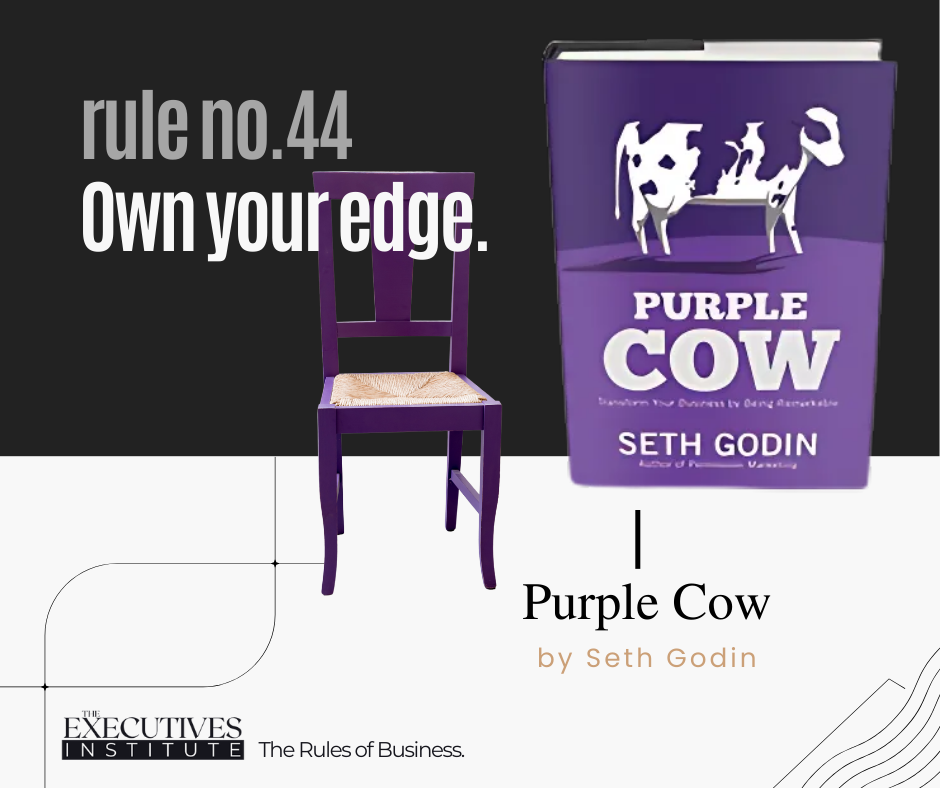
🔁 Chapter 12: REFLECTION AND RECOMMITMENT
What will you carry forward? What will you leave behind? VISIT CHAPTER 12
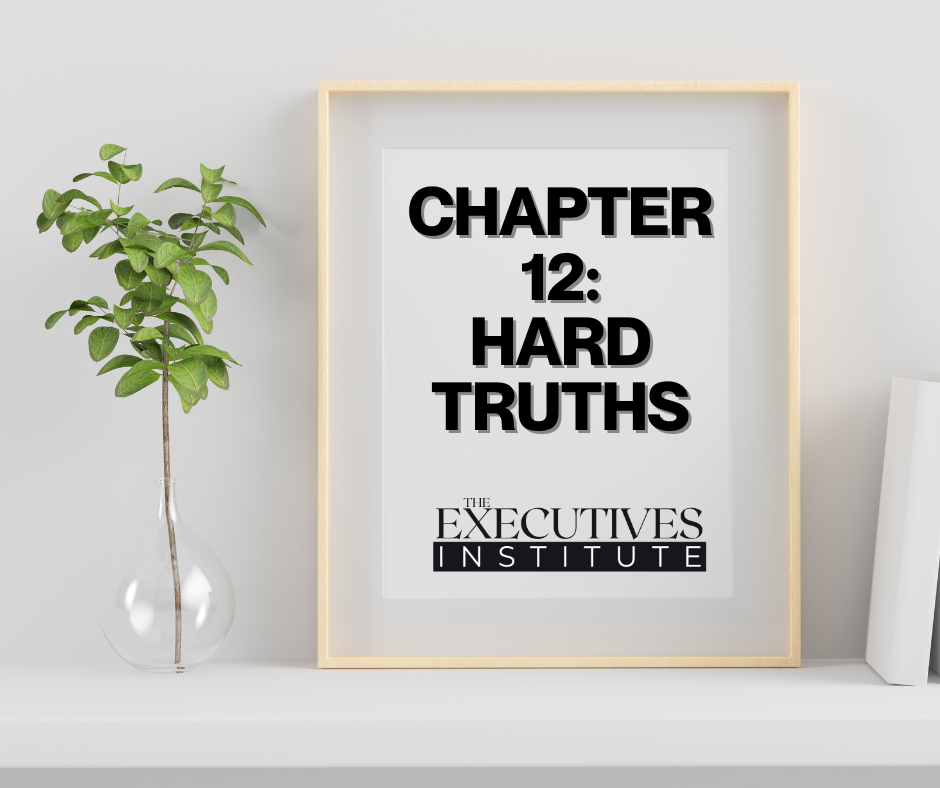

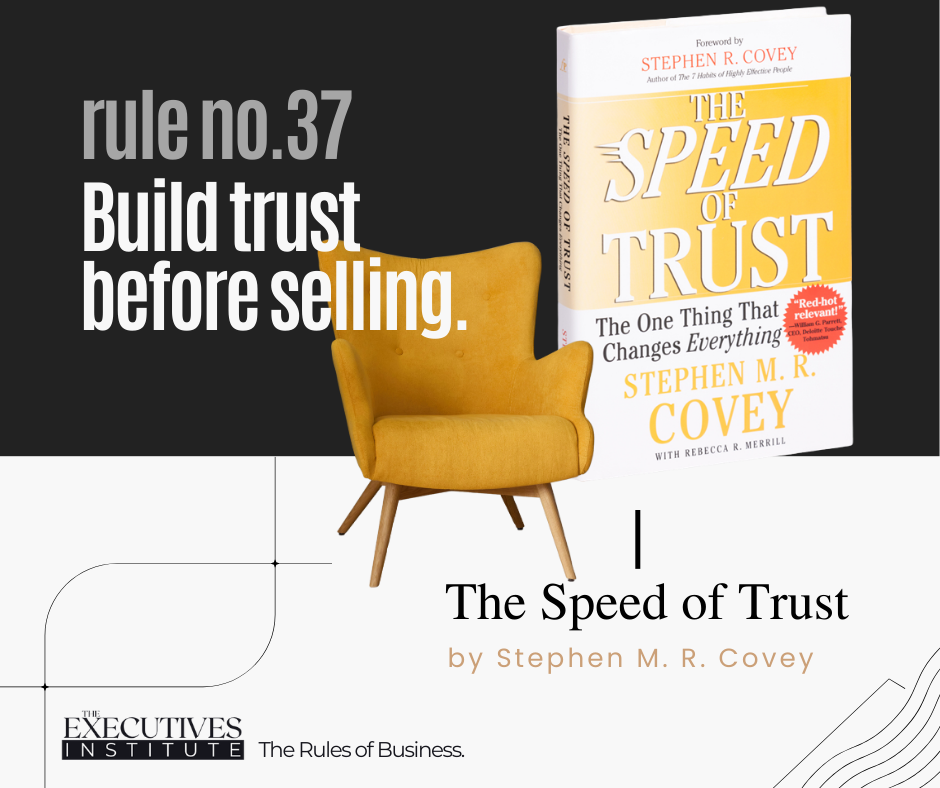



The hard truth? Success favors those willing to do the work others won’t.
— The Executives Institute offers the structure and substance to support that work. These Rules will help you decide which work is worth doing, but most-importantly, how to do it well.
We’re proud to have you here!
